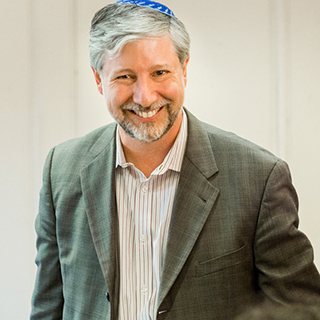Bava Batra 2:11

What is the responsibility of a landowner to prevent his foliage from damaging the property of a neighbor?
מרחיקין את האילן מן הבור עשרים וחמש אמה, ובחרוב ובשקמה חמשים אמה, בין מלמעלה בין מן הצד. אם הבור קדם קוצץ ונותן דמים, ואם אילן קדם לא יקוץ. ספק זה קדם וספק זה קדם, לא יקוץ. רבי יוסי אומר: אף על פי שהבור קודם לאילן לא יקוץ, שזה חופר בתוך שלו, וזה נוטע בתוך שלו.
A tree [owned by one party] should be kept distant from a cistern [owned by another] by twenty-five cubits [about forty-five feet]. If it is a carob or sycamore tree [which have longer roots], it should be kept fifty cubits distant, whether it is above or beside [the cistern]. If the cistern preceded [the tree], they should chop down the tree and compensate [its owner]. If the tree preceded [the cistern], it should not be chopped. If it is doubtful which preceded, they should not chop [the tree.] Rabbi Yossi says: Even if the cistern preceded the tree they should not chop down the tree, for one owner digs in his lot, and the other plants in his lot.
Comments
This Mishnah explores the complexities of property ownership. The root system of one person’s tree can damage the cistern on his neighbor’s property. The Sages protect the cistern owner from the tree planter, but Rabbi Yossi gives each owner more freedom to use his property. This debate can be seen as a broader discussion of property rights versus communal obligations.
Questions
- Bava Batra presents many cases in which one person’s business (e.g., a tannery) can be obnoxious to his or her neighbor. Is strict zoning a necessary practice or too much of an infringement on individual rights?
- Jewish law is particularly protective of trees, even when, as in this case, they are causing damage to adjacent property. What is the symbolic force of this policy? (Hint: read Psalm 1.)



